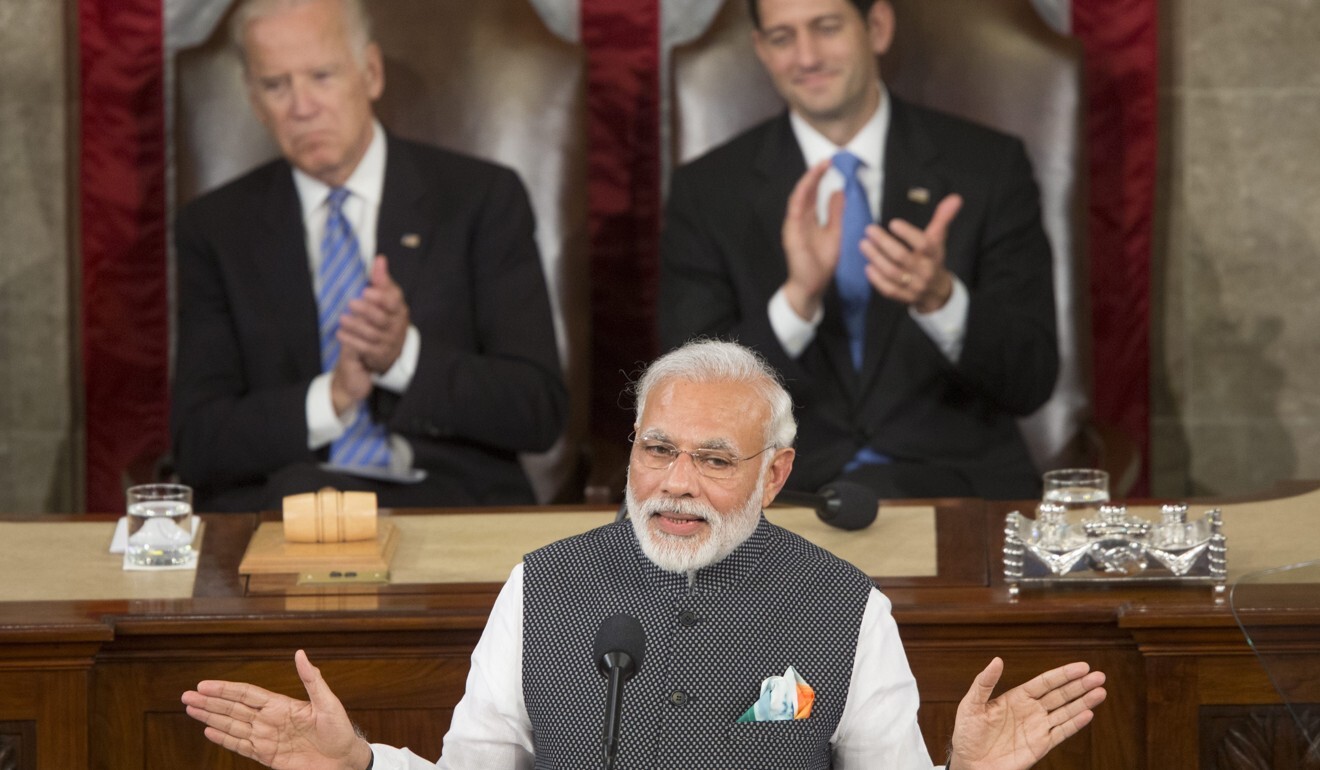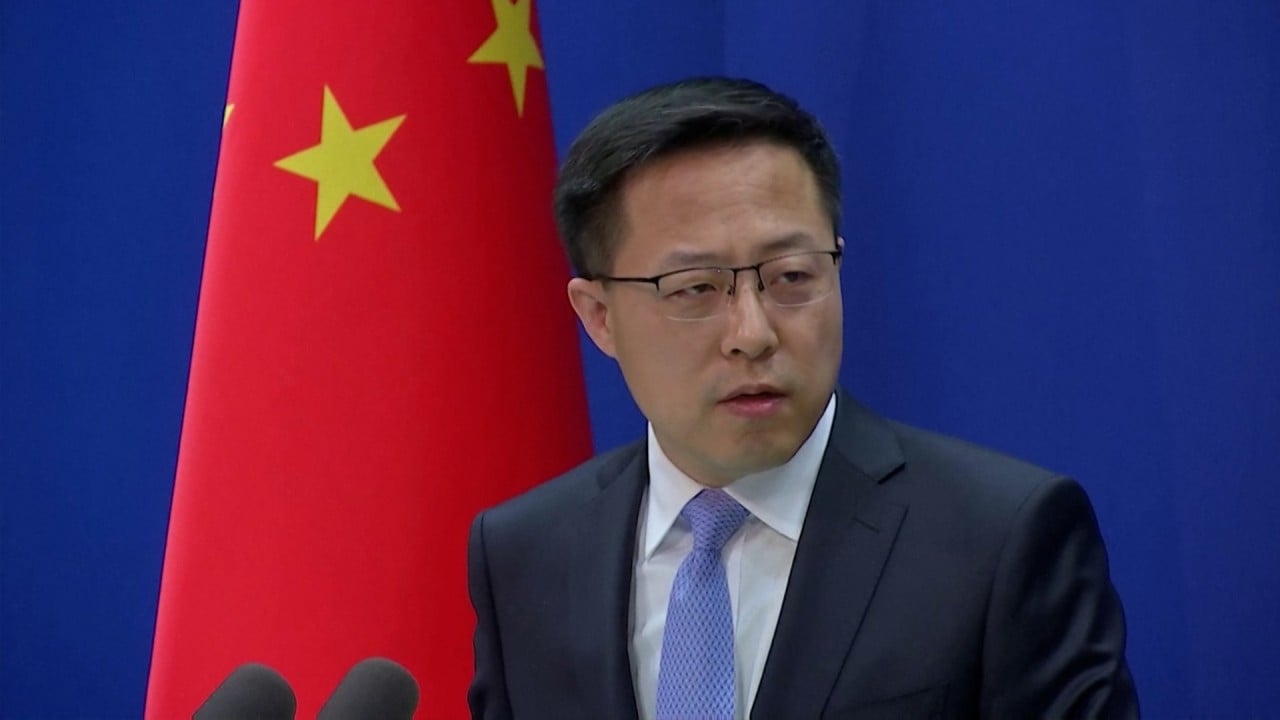
China and India start to pull troops back from Pangong Lake border hotspot
- Forces withdrawn in ‘orderly manner’ after an eight-month stand-off, Chinese authorities say
- Pullback comes after New Delhi and Washington agree to strengthen Quad framework

China and India began to disengage their troops from a key hotspot on their disputed border on Wednesday.
Chinese defence ministry spokesman Wu Qian said forces that had been involved in an eight-month stand-off on the banks of Pangong Lake started to carry out disengagement “simultaneously” in a “planned, orderly manner”.
Wu said the move was to implement the consensus agreed during the ninth round of talks between military commanders on January 24.
Chinese foreign ministry spokesman Wang Wenbin confirmed the start of the disengagement and urged the Indian side to keep its word.

“We hope that the Indian side and the Chinese side will act in the same direction, strictly implement the consensus reached by both sides and ensure the smooth implementation of the disengagement process,” Wang said.
Pangong Lake, located between Indian-controlled Ladakh and Chinese-controlled Aksai Chin, is one of the most disputed areas along the Line of Actual Control (LAC) between the two countries.
India controls the western part of waters while China controls the east.
The withdrawal is a positive sign in what has been the worst military confrontation in the Himalayas in decades between the two nuclear-armed neighbours.
The stand-off started in May and peaked in the Galwan Valley about 130km (81 miles) north of the lake in June with combat that resulted in the death of 20 Indian soldiers and an unknown number of Chinese casualties.

00:49
China urges India to exercise restraint after ‘minor’ clash at disputed border
The conflict prompted a prolonged stand-off along the thousands of kilometres of the LAC, including around Pangong Lake.
The withdrawal came after Joe Biden made his first phone call as US president to Indian Prime Minister Narendra Modi on Tuesday.
During the call, the two leaders agreed to strengthen the framework of the “Quad”, a regional alliance between the United States, Japan, Australia and India that is seen as an attempt to counter China’s influence in the Indo-Pacific.
India is the only member in the Quad that shares a land border with China.
Amid the overlapping claims between the two countries, the troops on the ground have often played a see-saw game of trying to forward deploy soldiers and construction, and occasionally clashed on the mountain ranges on the lake’s north bank.
In particular, the Indian Army launched a series of “pre-emptive” operations in late August and early September, and occupied some “strategic heights” on the south bank.
Beijing and New Delhi both pledged to resolve this crisis peacefully, and the commanders of China’s Southern Xinjiang military region and India’s 14th Army Corps, who are in charge of the region, met nine times on the border to negotiate a disengagement plan.